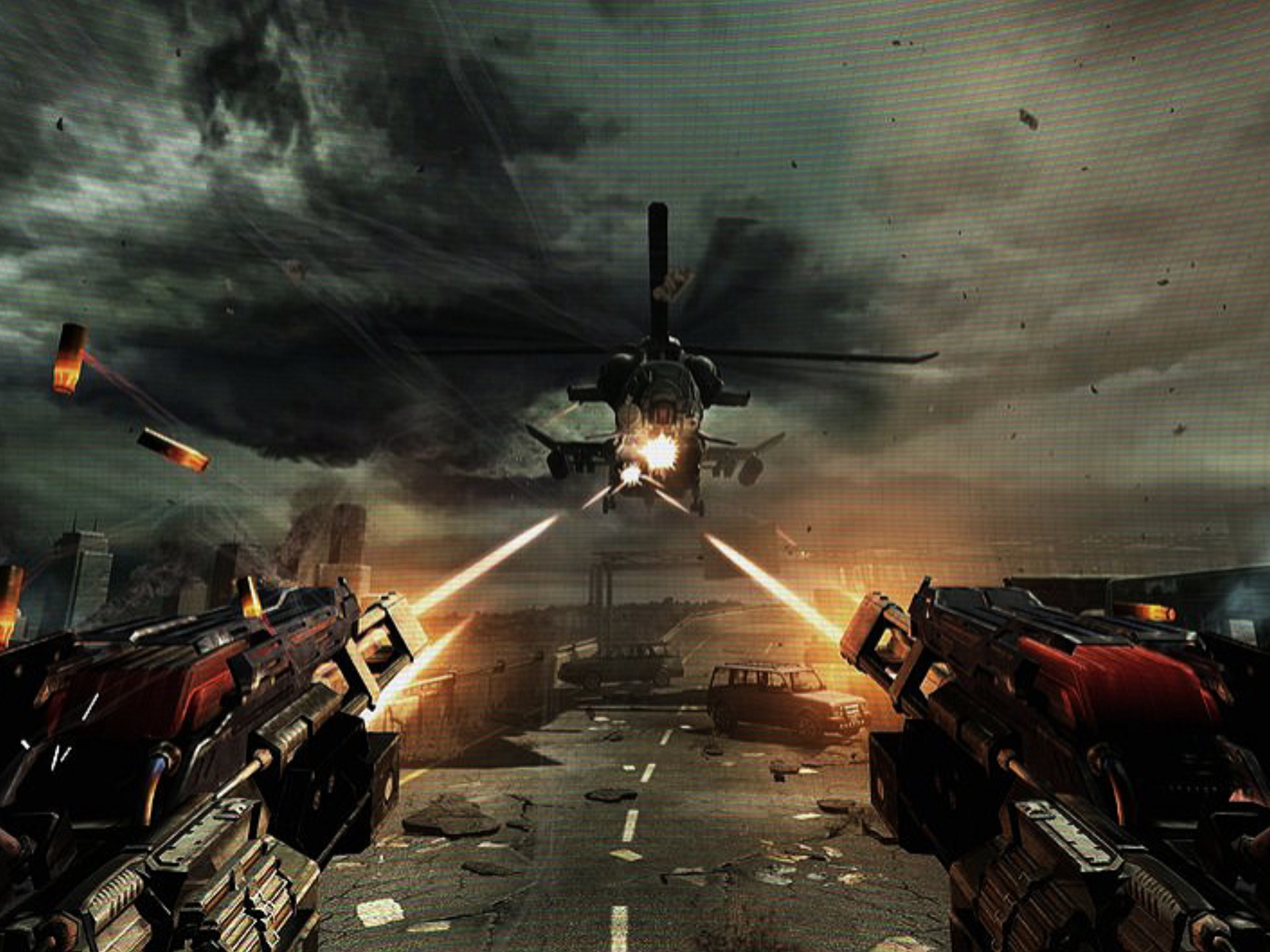Hearthstone: Kobolds & Catacombs – Dungeon Difficulty Reviewed
By [Your Name]
Introduction
Hearthstone’s Kobolds & Catacombs expansion introduced one of the most beloved single-player modes in the game’s history: Dungeon Run. This rogue-like adventure challenges players to assemble a deck from scratch, battle increasingly difficult bosses, and ultimately conquer the dungeon.
But just how tough is Dungeon Run? Which classes and strategies make it easier—or harder? In this review, we’ll break down the difficulty of Kobolds & Catacombs’ Dungeon Run, analyzing boss mechanics, deck synergies, and the overall challenge level.
Understanding Dungeon Run Mechanics
Before diving into difficulty, let’s recap how Dungeon Run works:
- Starting Deck: You begin with a weak 10-card deck.
- Progression: After each win, you add cards or treasures (powerful passives).
- Bosses: Each run consists of eight encounters, with the final boss being the toughest.
- Permadeath: Losing means starting over.
This structure makes every run unique, but some classes and strategies have a clear advantage.
Tier List: Easiest to Hardest Classes
Not all classes are created equal in Dungeon Run. Based on win consistency and boss matchups, here’s how they rank:
S-Tier (Easiest)
- Priest – Strong healing and removal options.
- Mage – Flexible spells and board control.
- Warlock – Powerful board clears and sustain.
A-Tier (Moderate)
- Rogue – Combos and stealth mechanics can be strong but inconsistent.
- Druid – Ramp and big minions work well, but lacks early-game removal.
B-Tier (Challenging)
- Paladin – Relies on buffs, which can be unreliable.
- Shaman – Overload mechanics can backfire.
C-Tier (Hardest)
- Warrior – Weak early-game and inconsistent weapon synergies.
- Hunter – Struggles with sustain and board control.
Boss Difficulty Breakdown
Dungeon Run features 48 different bosses, each with unique mechanics. Some are pushovers, while others can end runs prematurely.

Early Bosses (1-3 Wins)
Mostly straightforward, but a few stand out:
- Giant Rat – Summons endless 1/1 rats, which can overwhelm weak decks.
- Candlebeard – Uses Freeze mechanics to stall, frustrating aggressive decks.
Mid-Game Bosses (4-6 Wins)
The difficulty spikes here:
- Xol the Unscathed – Starts with a 7/7 minion, punishing slow decks.
- The Darkness – Fills your deck with "Candles," disrupting draws.
Final Bosses (7-8 Wins)
The true run-enders:
- Azari, the Devourer – Destroys half your deck at the start.
- The Lich King (Bonus Boss) – Extremely difficult, with unfair hero powers.
Treasures & Synergies That Make or Break Runs
Your success often hinges on the treasures (passive abilities) and card buckets you pick.
Best Treasures
- Wand of Disintegration (Destroy a random enemy minion each turn)
- Captured Flag (+1/+1 to all minions in your deck)
- Cloak of Invisibility (Stealth for all minions until they attack)
Worst Treasures
- Bag of Coins (Starts with 3 Coins) – Too weak for late-game.
- Golden Candle (Summon a 5/5 Dragon) – Too slow.
Strongest Deck Archetypes
- Jade Druid – Scales infinitely.
- Big Priest – Resurrecting massive minions.
- Spell Damage Mage – Burst damage wins games.
Final Verdict: How Hard Is Dungeon Run?
Dungeon Run is fair but punishing. While luck plays a role, skilled deck-building and smart treasure choices can overcome most challenges.
- For Casual Players: Expect 10-20 attempts per class.
- For Veterans: Some classes can be beaten in 1-3 tries with optimal picks.
The mode remains one of Hearthstone’s best-designed single-player experiences, offering high replayability and strategic depth.
Conclusion
Kobolds & Catacombs’ Dungeon Run is a fantastic challenge that tests both skill and adaptability. While some classes and bosses feel unfair, overcoming them is incredibly rewarding.
Final Rating: ★★★★☆ (4/5) – Tough but fair, with minor balance issues.
What was your hardest Dungeon Run experience? Share your thoughts in the comments!
Tags: #Hearthstone #KoboldsAndCatacombs #DungeonRun #Blizzard #CardGame #GamingReview #SinglePlayerMode


















